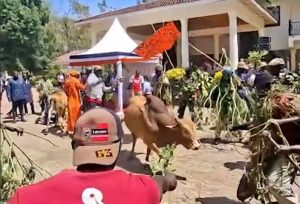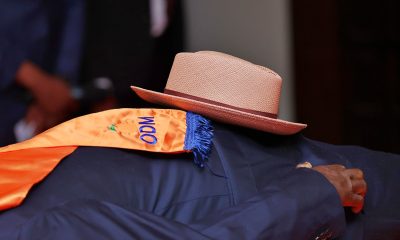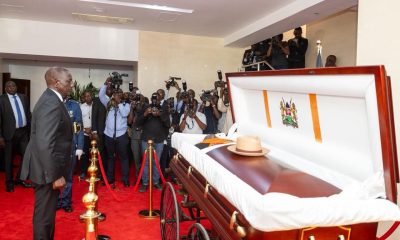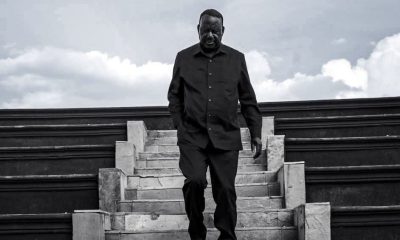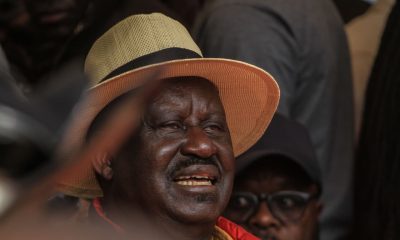News
Jowi! Understanding The ‘Tero Buru’ Ritual Performed By Luo Leaders Ahead of The Arrival of Raila’s Body At His Bondo Home
Tero Buru is both a mourning and cleansing ceremony, held to celebrate the life of the departed and to mark their final journey from the living world.
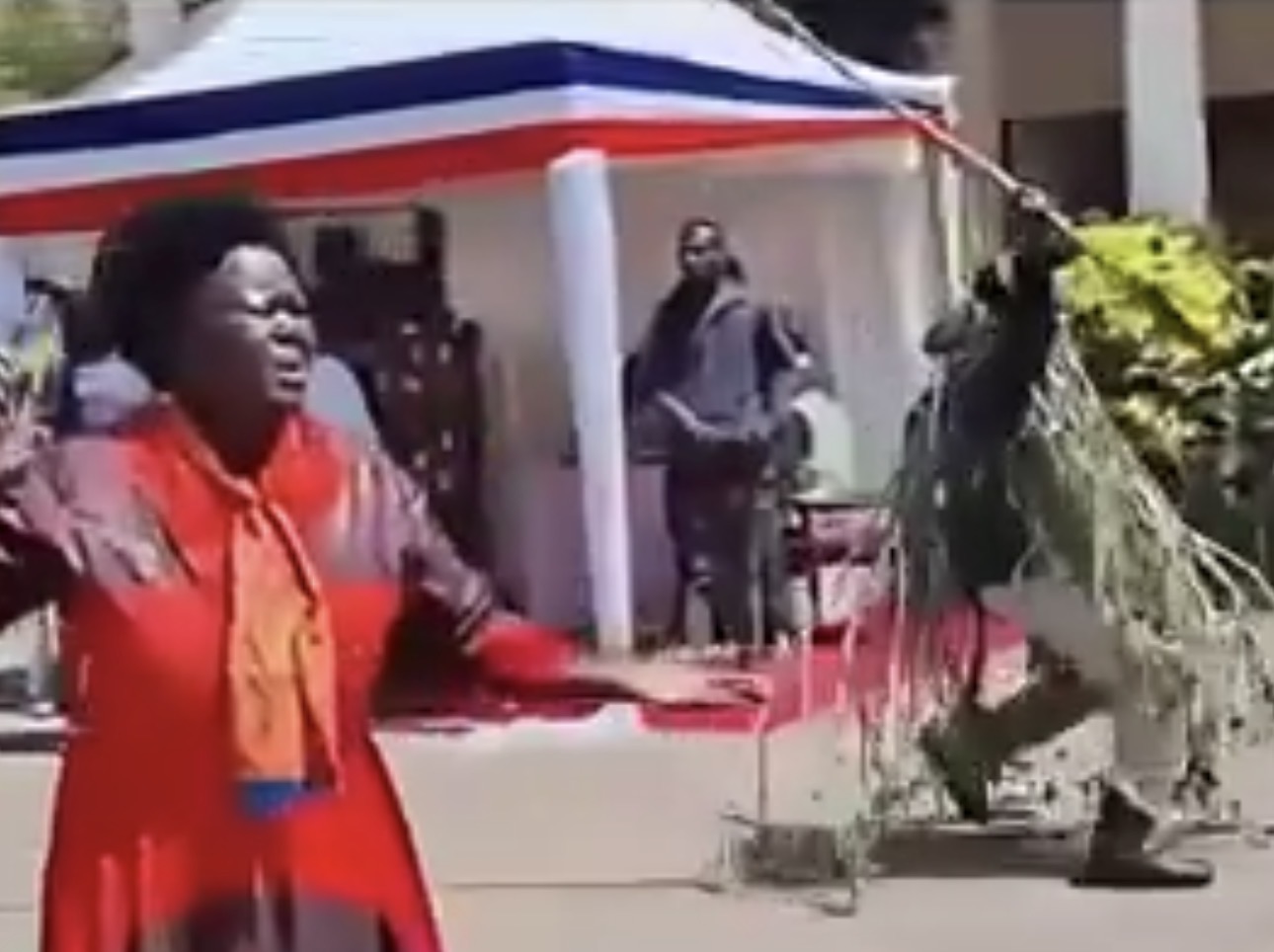
As Kenya mourns the death of former Prime Minister Raila Odinga, Luo elders on Thursday performed the sacred Tero Buru ceremony at his Opoda home in Siaya County, marking the community’s cultural farewell to their fallen son.
The ancient ritual, deeply rooted in Luo customs, involved elders leading a procession around the homestead while driving a bull, symbolizing the final journey of the departed leader and the cleansing of the home.
The ceremony drew hundreds of mourners from across Nyanza and beyond, all united in their grief and determination to honor Baba’s legacy according to the traditions of their forefathers.
The air was thick with emotion as the elders, dressed in traditional regalia and carrying fly whisks, symbols of authority and wisdom, moved deliberately through the compound.
Accompanied by traditional songs, chants, and drumming, the ceremony reflected respect, unity, and the community’s acknowledgment of Odinga’s legacy and status as a revered statesman.
For those unfamiliar with Luo customs, Tero Buru might seem like just another funeral rite. But to the Luo people, it represents something far more profound.
The phrase “Tero Buru” translates to “driving of the bull”, but its meaning goes far deeper than that; it symbolizes honour, respect, and farewell to the deceased.
Understanding this ritual is essential to grasping how the Luo community processes loss, particularly when it comes to their most revered leaders.
Tero Buru is both a mourning and cleansing ceremony, held to celebrate the life of the departed and to mark their final journey from the living world.
Traditionally, it is performed after the burial, sometimes on the same day or a few days later, depending on the family’s customs.
However, in Raila’s case, the elders performed it ahead of the arrival of his body from India, a testament to the magnitude of his stature and the need to spiritually prepare the homestead for his final return.
The ceremony is not merely symbolic. According to Luo tradition, Tero Buru serves both as a cleansing and a send off rite, ensuring that the spirit of the deceased rests in peace while strengthening communal bonds among the living.
For a leader of Raila’s caliber, who spent decades fighting for democracy and the rights of all Kenyans, the ritual takes on even greater significance.
When a leader or respected elder dies, the ceremony takes on a larger, community-wide significance. It becomes a gathering of clans, neighbours, and well-wishers who come together to honour the deceased and to reinforce unity among the living.
This was evident at Opoda, where mourners from different ethnic communities stood shoulder to shoulder with their Luo brothers and sisters, all bound by the shared loss of a national icon.
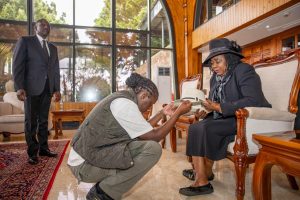
Youngest daughter to the late former Prime Minister Raila Odinga, Winnie Odinga, hands her father’s white fedora hat to her mother, Mama Ida Odinga, inside the VVIP offices at the Jomo Kenyatta International Airport.
The ritual itself follows a precise choreography passed down through generations. The ceremony begins with men leading a procession through villages or homesteads while driving cattle, especially a bull, around the area.
In Luo cosmology, the bull represents strength, leadership, and the spirit of the deceased. The act of driving it “tero” symbolizes sending off the spirit and cleansing the homestead of death.
As the bull was led around Raila’s expansive Opoda compound, mourners sang traditional dirges (sigalagala) and chants praising the deceased’s achievements. People beat drums, blew horns, and sometimes fired traditional weapons into the air to mark respect.
The songs echoed across the homestead, carried by the wind toward Lake Victoria, as if informing even the waters of the region’s greatest son’s departure.
What strikes many observers is that Tero Buru is not purely mournful.
The songs and dances are not purely sorrowful; they are also celebratory, honouring the person’s legacy, bravery, and contributions to society.
This was particularly evident at Opoda, where despite the tears streaming down faces, there was also pride in the recounting of Raila’s five presidential bids, his years in detention, and his unwavering commitment to multiparty democracy.
Members of the Luo Council of Elders, led by their Chairman Odungi Randa, called on the community members to unite and peacefully honour the legacy of the fallen political giant.
Speaking at a separate gathering at the Council’s offices at Ofafa Memorial Hall in Kisumu, Odungi was visibly overwhelmed by grief.
Odungi, who was a close ally of Raila, told journalists that he received the news of Raila’s death through a phone call.
His voice cracked as he recounted their relationship spanning decades. “I knew Raila when he was five years old. When Ofafa was being built, his father tasked me and Raila to be curing the Ofafa building (with water so that it doesn’t crack) then he was just a young child,” he said.
The elder urged Governors of the four Counties of Kisumu, Migori, Homabay, and Siaya to lead the call for unity and harmony among members of the Luo Community following Odinga’s death. His message was clear: in death as in life, Raila would want his people united.
The spiritual dimension of Tero Buru cannot be understated.
The ceremony helps the community emotionally and spiritually transition after the death. It’s believed that Tero Buru prevents misfortune or unrest caused by an unsettled spirit, ensuring that the deceased rests in peace and the living are protected.
For Raila, whose life was marked by struggle, sacrifice, and an unshakeable belief in justice, the ritual serves as a spiritual guarantee that his work on earth is complete and that his spirit can rest. It also provides comfort to millions of his supporters who saw in him not just a politician, but a father figure, hence the affectionate title “Baba.”
In the context of a fallen leader, such as a political figure or community elder, Tero Buru serves as a public expression of loss and respect. It unites people from across regions and clans, reaffirming shared identity and continuity of leadership.
At Opoda, this unity was palpable. Political leaders, ordinary citizens, youth, and elders all participated in the ritual, their differences momentarily forgotten in the face of collective grief.
The evolution of Tero Buru reflects the adaptability of Luo culture. Today, Tero Buru has evolved but still retains its cultural essence. It may be performed alongside modern funeral rites, blending traditional Luo customs with religious and state ceremonies.
This fusion was evident at Opoda, where Christian prayers were offered before and after the traditional rites, demonstrating how Luo culture accommodates modernity without abandoning its roots.
For national leaders, it is often attended by political figures, cultural groups, and citizens who join in honouring the departed with song, dance, and remembrance.
In Raila’s case, the ceremony attracted not just Luo elders but also leaders from across Kenya’s political spectrum, all recognizing that regardless of political differences, they were witnessing the passing of a generation.
As the sun set over Siaya on Thursday evening, the echoes of the Tero Buru ceremony continued to reverberate across the region.
The bull had been driven, the songs had been sung, the drums had been beaten. The homestead had been cleansed and prepared for the arrival of its most famous son.
In essence, “Tero Buru” is not just a ritual, it’s a symbol of respect, unity, and continuity in Luo culture.
When a leader dies, it becomes a profound cultural statement: a collective farewell to a pillar of the community and a celebration of life that binds the people through shared tradition and memory.
For Raila Amolo Odinga, the man who carried the hopes and dreams of millions, who never tired of fighting for what he believed was right, who endured detention, tear gas, and repeated electoral disappointment yet never gave up, Tero Buru was more than appropriate. It was necessary. It was his people’s way of saying: “Baba, we have honored you as our traditions demand. Your spirit can rest. Your work lives on in us.”
As Kenya prepares for a state funeral befitting the stature of this political giant, the Tero Buru ceremony at Opoda serves as a reminder that even in a modern nation state, ancient customs still hold profound meaning.
They connect us to our ancestors, bind us to our communities, and provide solace in times of unspeakable loss.
Jowi! The bull has been driven. The homestead awaits its son.
Kenya Insights allows guest blogging, if you want to be published on Kenya’s most authoritative and accurate blog, have an expose, news TIPS, story angles, human interest stories, drop us an email on [email protected] or via Telegram
-
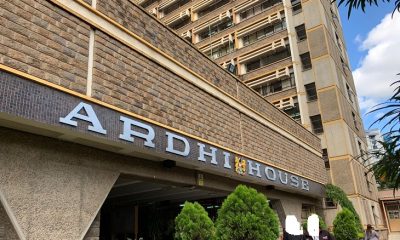
 Investigations2 weeks ago
Investigations2 weeks agoHow Land Grabbing Cartels Have Captured Ardhi House
-
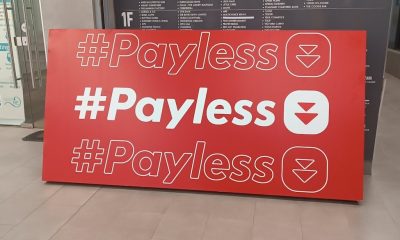
 Business1 week ago
Business1 week agoPanic As Payless Africa Freezes With Billions of Customers Cash After Costly Jambopay Blunder
-

 News2 weeks ago
News2 weeks agoSCANDAL: Cocoa Luxury Resort Manager Returns to Post After Alleged Sh28 Million Bribe Clears Sexual Harassment and Racism Claims
-
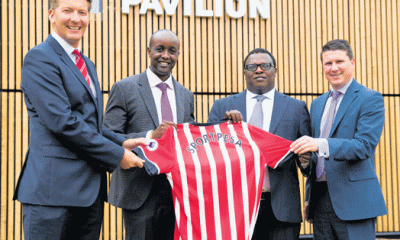
 Investigations1 week ago
Investigations1 week agoHow SportPesa Outfoxed Paul Ndung’u Of His Stakes With A Wrong Address Letter
-
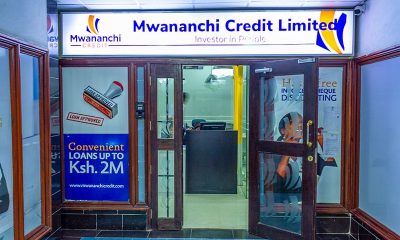
 Business2 weeks ago
Business2 weeks agoMwananchi Credit Faces Massive Lawsuits After Court Flags Predatory Lending That Left Customers’ Loans Ballooning
-
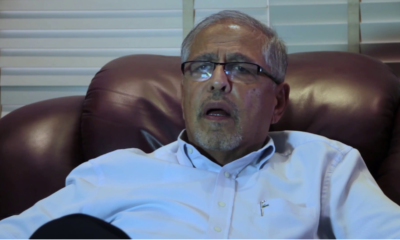
 News2 days ago
News2 days agoTemporary Reprieve As Mohamed Jaffer Wins Mombasa Land Compensation Despite Losing LPG Monopoly and Bitter Fallout With Johos
-

 News1 week ago
News1 week agoRentokil Boss Fraser Branch in Highway Smash as DUI and Racism Claims Surface
-
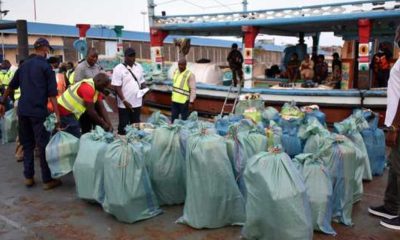
 Investigations2 weeks ago
Investigations2 weeks agoHow Arrest of a Soldier’s Spouse Dragged KDF Into Alleged Theft of Meth Haul in Mombasa

